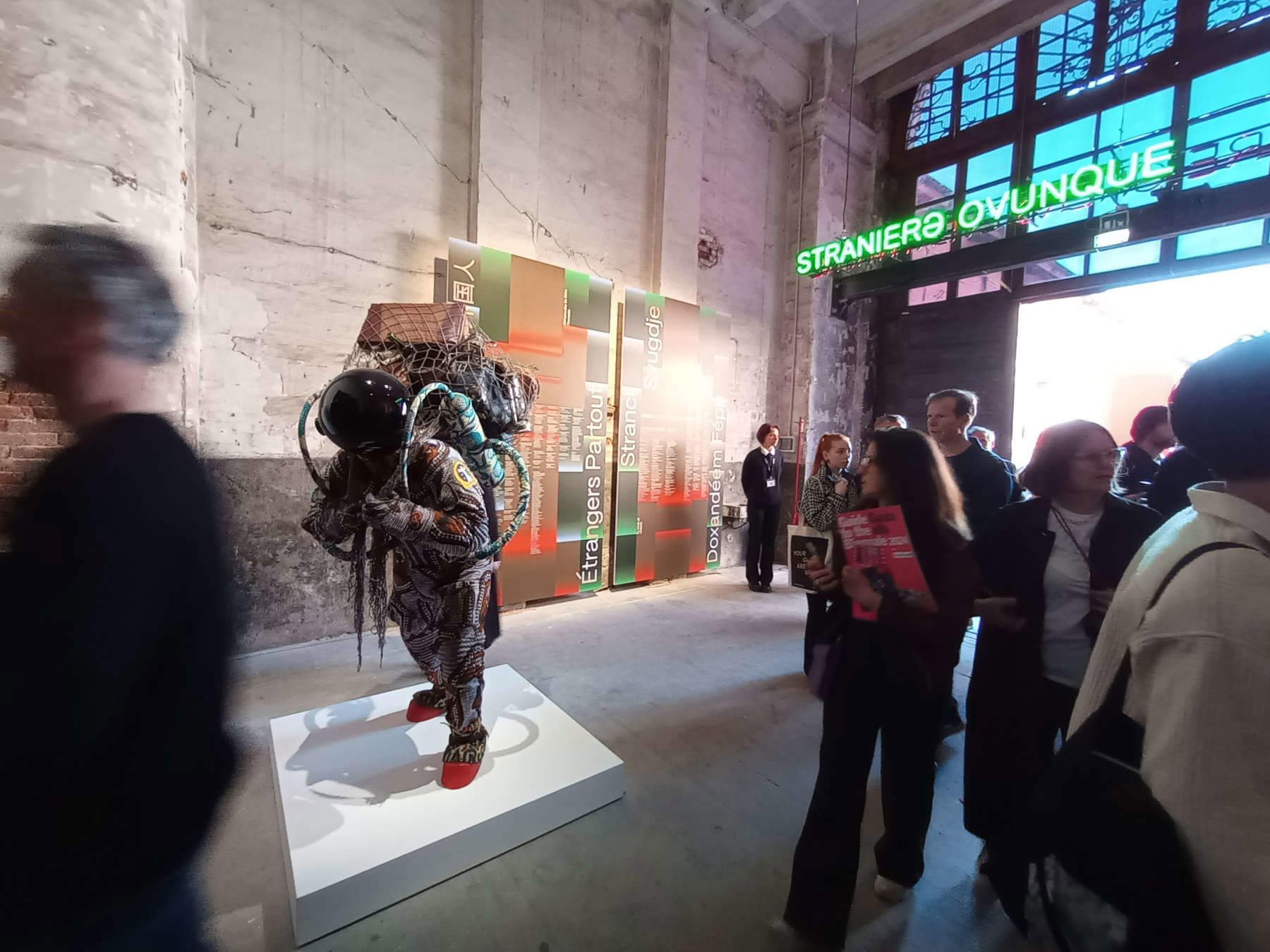Luca Rossi’s recent article on the drift of “superstar curators” raised a topic of great interest. According to Luca Rossi, “curators have become stars and have overshadowed the works and the artists. The great exhibitions, such as the Biennales and Documenta, are remembered for the curators, not the artists. A surreal system that threatens to make art die by reducing it to a media spectacle.” Corresponsible for this drift, would be the passivity of “hundreds of homogenized, weak artists, unable to emancipate themselves from the system.”
In my capacity as a media scholar, I cannot but agree with most of his arguments. Contemporary art has become a big stage, and much of it exists as such, and that is to the extent that it succeeds in gaining media attention. In doing so, it ends up ultimately obeying the rules of the media industry, which are as far removed from the freedom and authenticity we seek in an artist’s work. I have some misgivings, however, in considering, as a consequence of this mechanism, “a grotesque paradox” that curators have over time gained an advantageous position and greater visibility than artists. For what are the purposes of the media industry, and in particular the cultural pages of newspapers, the prominence of the curator is not a problem at all; on the contrary. From their perspective, it is more newsworthy to restore a geography of power, of which the assignment of a curatorial position is an indispensable key, than the message of an artwork.

Nor would this be the most toxic aspect of the mechanism. For some fifty years now, well before then the appearance of the Web, with rare exceptions the media have been remunerated not by the quality of their content (and thus not even the quality of their news), but by the audience they manage to concentrate within a space. It is the ability to preside over attention, the industry’s last scarce resource, that makes the difference between competing media. Instead of rallying around their core assets (journalistic skills, for example), most media had the bright idea of playing the same league, that of accumulating eyeballs, in which they would lose from television first, and from online platforms later.
This game never rewarded, of course, pluralism and diversity, but “stars,” blockbuster content, and the resulting cultural homogenization that Rossi rightly laments. The problem for artists, then, is not to emancipate themselves from curators, but to shake off for good the need to emerge “through the media,” for whom if the news story carries the curator, it is the curator who becomes the star.
Incidentally, in this way it may even happen that the curator brings, within the public discourse, those real news stories that the media do not cover, becoming the protagonists of a total reversal of the dominant gaze. At Documenta 14 it was Adam Szymczyk who opened our eyes to the damage of a Europe now reduced to a financial entity, capable of looking at Greece only as an insolvent debtor, regardless of the depth of the social issues that art can and should take on. At Documenta 15 it was the Ruangrupa collective that showed us what can happen when the curatorial proposal does not contemplate real barriers to entry, including that of the tolerability of grammars.
It is not so far-fetched to recall that even for Deleuze, the moment the artist becomes preoccupied with communicating-and thus with conquering the media-he ceases to be a completely free artist. Unless, I would add, he manages to make fun of them, as some artists still sometimes, but less and less often, manage to do.
I do not believe, in conclusion, that the final outcome will be, as Rossi suggests, the ultimate death of contemporary art. The international scene has no shortage of talent capable of striking our eye without bowing to the rules of the stage, and to the power of those who are able to equip it. Moreover, we cannot ignore the statistical fact, which sees an increasing number of spaces consecrated to even radical proposals, often managing equally to obtain a large number of visitors. When homologation is irreducibly pervasive, a growing demand for radicality also matures in some portions of the public, especially among the younger generations. And this is good for art and for the levers of social awareness that it has always been able to activate.
Returning to my field of study, another reason to be optimistic is that, for one reason or another, today we leave a museum, an exhibition, even a major Biennial, with a lot more news in our pockets than we carry with us after reading a newspaper, or watching a news program.
Contemporary artists have filled the prairie abandoned by the media precisely because many of them still do not resign themselves to the rules of show business. And it is precisely by inhabiting that wilderness, and not the crowded arenas of attention barkers, that we will be able to hear their voices again. What about the superstar curators? Let’s leave them to their fate: they too, after all, feed on diversity, and standardization may, in the long run, starve them.
Warning: the translation into English of the original Italian article was created using automatic tools. We undertake to review all articles, but we do not guarantee the total absence of inaccuracies in the translation due to the program. You can find the original by clicking on the ITA button. If you find any mistake,please contact us.